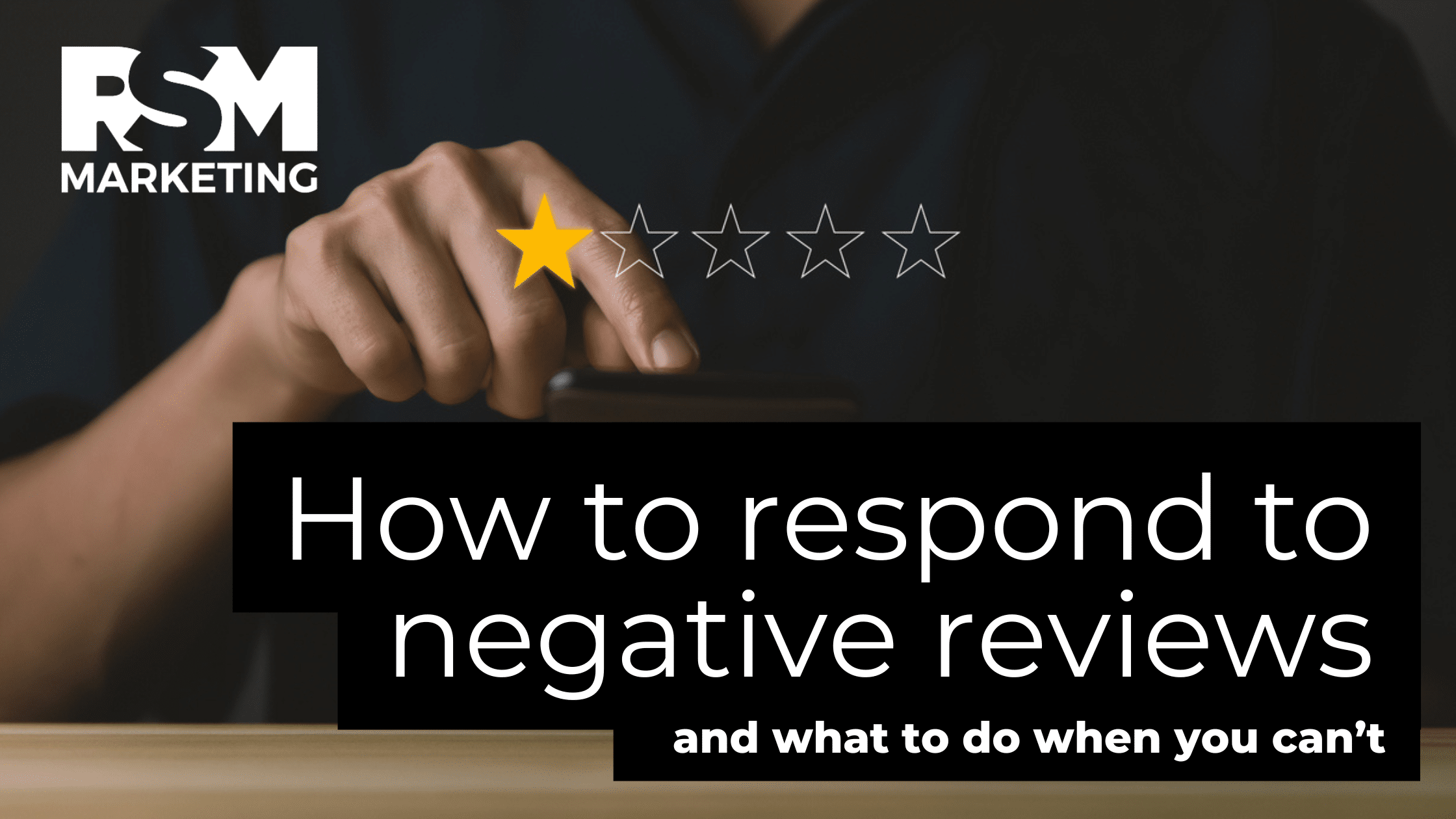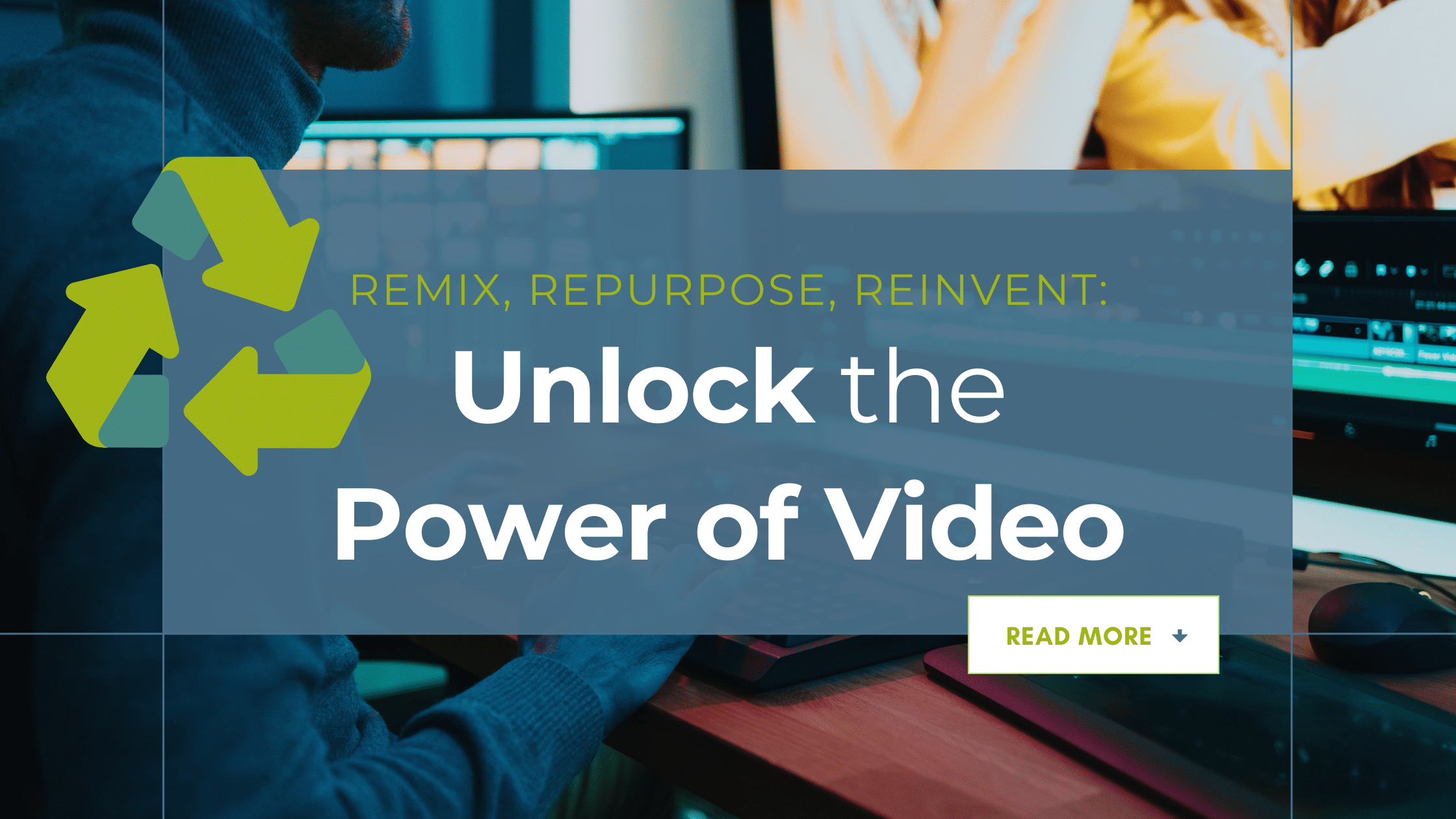You have spent hours carefully putting together a glorious content strategy. You have taken a look at past data, created pillars and have all of these amazing ideas ready to bring to your team. You are unstoppable; you are untouchable, you are the ruler of content!
But did you create a content plan? Do you have a workflow in place to make sure these awesome ideas you have put together are properly distributed? If you didn’t, no need to worry. Here is a quick little need-to-know guide that will help you organize yourself and get that content plan together so you can reach the masses and start getting them into your conversion funnel!
Proactive vs. Reactive Planning
Most of us have worked at a place where it seemed like everything was chaos all time. Every project is rushed right up to the deadline and… well, if you are like me, you were probably stressed out. On the other hand, some of us have worked at places that operated like a well-oiled machine. Projects are completed on time if not early, tasks are delegated to the appropriate person, and you feel prepared every week. The chaotic environment can also be described as reactive, and the environment that is busy but calm can be described as proactive
Proactive Content Planning
Okay, now that we have established what reactive vs. proactive means, let’s take a look at what proactive content planning looks like.
1. Streamline Your Workflow
Okay, we have talked about workflow before and how important it is for, well everything. Having a good workflow in place usually prevents balls from being dropped, people from playing the blame game, and missing deadlines… I know I have mentioned missing deadlines twice and every time I type it out my anxiety goes up a notch. Luckily, I have a decent workflow now so missed deadlines are virtually a thing of the past.
2. Schedule with Intent
So you have a rad content strategy put together, that is great kudos to you! Now you have to schedule when and how your content reaches the public. The first thing to know about scheduling is that your audience wants to hear from you, but maybe not every hour of every day. Here are some industry “standards” for how often to post—this guide is not rigid so make adjustments that you think works best for your brand.
Social Media: Once per day
Blog: One-two times a week
Youtube: One-two times a week on the same day
3. Give Yourself Some Wiggle Room
Use the days you feel really on top of it and productive to get yourself ahead of the curve. This way if something you weren’t expecting comes up, you can take care of that and not have to worry about
If you are not the type of person that likes to get things done ahead of schedule or use downtime for other creative projects, I suggest giving yourself a day of padding.
4. Organize, Organize, Organize
There are so many great organizational tools out there, and you should be using them. No matter how good your memory is, no one is immune to forgetting something. You will need to know where a project is at, who is working on what, when content is scheduled to post and so much more. Here are some tools we use at RSM Marketing and suggest you try out in order to keep yourself on track.
Trello
Trello is fantastic for organizing projects and task assignment. You can create boards for different projects (there is no limit) and assign tasks within the boards to a member of your team, color coding, due dates, and check lists included. Think of it as a modern version of sticky notes on a chalkboard on steroids.
Google Calendar
This one isn’t super fun and you are probably familiar with it. Google Calendar is a great way to schedule meetings with team members and clients. You can view other calendars and seamlessly coordinate meetings, brainstorm sessions, and events. I like Google Calendar because it is compatible with so many platforms that no matter what device your client or team member is using they can have access to what is going down that week.
LastPass
This little tool is a lifesaver in the office and at home. LastPass is a password storage system that saves all of your passwords so you don’t have to go through the old song and dance of password recovery. Let’s be honest here; the more secure your password is, the harder it is to remember hence why LastPass is such a lifesaver.
Buffer
Buffer is a fantastic social media scheduling tool. It allows you and your team to queue up posts in a set it and forget it type of way. This means you can consistently post great content on social media without overloading your follower’s feeds.
5. Accountability
No matter how many people are involved in your content creation and distribution, everyone needs to be held accountable for their contribution. Mistakes happen, but addressing those mistakes and fixing them as quickly as possible is very important to the success of your campaign. Hold yourself and your co-creators to deadlines and produce quality content that will convert.
Okay, now go put together that proactive content plan! If you feel like you may have bitten off more than you can chew, you can always contact a content coordinator at an agency to help you get the ball rolling.





